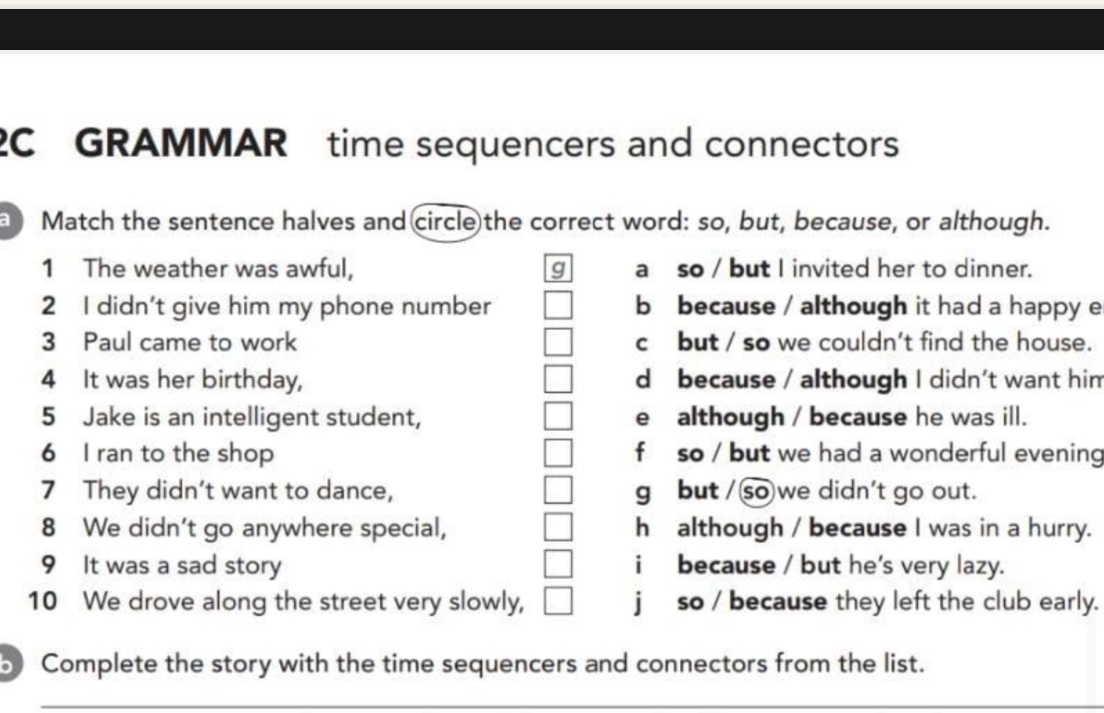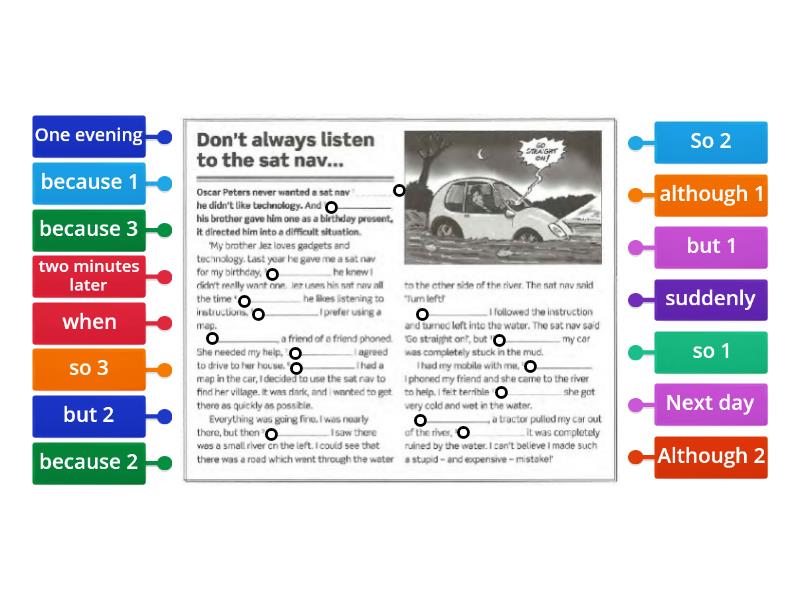Understanding sequencers and connectors is crucial for students. They improve clarity and coherence. This article offers practical guidance for teachers.
Teaching Sequencers Effectively
Begin with basic sequencers like first, then, next, and finally. Use chronological order in simple narratives. Emphasize the order of events in stories.
Provide visual aids like timelines. Illustrate steps in a process. Use pictures or diagrams to reinforce understanding. This will help students grasp the concept.
Engage students with hands-on activities. Ask them to describe their morning routine. Encourage the use of sequencers to structure their response. This activity solidifies their knowledge.
Common Misconceptions about Sequencers
Students often misuse then and than. Clearly explain the difference between the two. Provide numerous examples to clarify their distinct usage. Address this confusion directly.
Some learners might struggle with the placement of sequencers. Explain where to use them in a sentence. Highlight how they connect ideas sequentially. Help them understand the flow of information.
Another common error is overuse of basic sequencers. Introduce more sophisticated alternatives like subsequently or afterward. Encourage them to vary their language. Expand their vocabulary related to sequencing.
Exploring Connectors in Depth
Explain the different types of connectors. Cover connectors of addition, contrast, cause and effect, and purpose. Provide examples of each type. Clarify their specific functions.
Addition connectors include and, also, in addition, and moreover. Contrast connectors include but, however, although, and on the other hand. Cause and effect connectors include because, so, therefore, and as a result. Purpose connectors include to, in order to, and so that. These are all crucial for connecting ideas.
Use sentence combining activities. Give students two simple sentences and ask them to combine them using an appropriate connector. This reinforces the function of connectors. Promote active learning.
Addressing Common Connector Errors
Students may incorrectly use connectors to link unrelated ideas. Emphasize the importance of logical connections. Teach them to identify clear relationships between sentences. Logical connections ensure coherence.
Another issue is the inappropriate use of formal connectors in informal writing. Guide them on when to use which type of connector. Provide examples of different writing styles. Adapt their language to the context.
Ensure they understand the nuance of each connector. For instance, although implies a contrast that and does not. Focus on precision in language use. Develop a strong sense of language.
Making Learning Engaging
Use storytelling as a powerful tool. Ask students to rewrite a familiar story using different sequencers and connectors. This makes learning interactive and fun. They can explore different ways to present the same narrative.
Incorporate games into the lesson. Create a connector matching game. Design a sequencer-based board game. Games make learning enjoyable and memorable. Gamification improves engagement.
Utilize real-world examples from news articles or speeches. Analyze how professional writers use sequencers and connectors. This connects learning to practical applications. Show the relevance of these skills.
Practical Classroom Activities
Divide the class into groups. Assign each group a different topic. Have them create a short presentation using sequencers and connectors. Group projects foster collaboration and deeper understanding.
Use picture prompts. Show students a series of pictures and ask them to write a story using sequencers. This helps them visualize and sequence events. Pictures stimulate creativity.
Provide sentence stems. Give students the beginning of a sentence and ask them to complete it using a specific connector. This provides scaffolding and support. Sentence stems guide their writing.
Assessing Understanding
Include exercises in tests and quizzes. Assess their ability to choose the correct sequencers and connectors. Focus on both accuracy and appropriateness. Measure their comprehension effectively.
Evaluate their writing for the effective use of sequencers and connectors. Provide feedback on their clarity and coherence. Emphasize the importance of precise language. Writing assessments give a comprehensive view.
Use peer review. Have students evaluate each other's writing. Encourage constructive criticism. Peer review promotes critical thinking and self-reflection. Peer feedback enhances learning.
Further Tips for Teachers
Be patient and provide ongoing support. Learning these concepts takes time and practice. Offer encouragement and positive reinforcement. Patience is crucial for student success.
Use a variety of teaching methods. Cater to different learning styles. Incorporate visual, auditory, and kinesthetic activities. Diverse methods cater to diverse learners.
Review sequencers and connectors regularly. Reinforce the concepts throughout the year. Consistent review ensures retention. Regular review strengthens understanding.
Encourage students to read widely. Exposure to different writing styles helps them learn how sequencers and connectors are used in context. Reading expands their vocabulary and improves their writing skills. Reading is a powerful learning tool.
By following these strategies, teachers can help students master sequencers and connectors. These skills are essential for effective communication. They foster clear and coherent writing. Effective communication is key.

